Art
What is the Intent of our Art curriculum?
Our central aim is to offer a broad and varied Art curriculum by providing an inspiring learning environment where students are encouraged to express themselves creatively. During Key Stage 3, our aim is to expose students to a wide range of artistic references and subject matter over time and for students to show an appreciation and love for a variety of Art forms. We want our students to learn a new ‘aesthetic language’ where they can unpick cultural references through visual interpretations. We aim to develop students’ deeper understanding of skills across a wide range of materials and to be able to refine them through a spiralling curriculum. Our goal is to develop individuals who can respond to works of art, have an opinion and a reaction. Staff guide and inspire future learning and career pathways for the next stage of their artistic development.
How do we deliver our curriculum?
-
Our curriculum map is structured to incorporate a variety of different themes, references and skills.
-
Well-constructed schemes of work provide a framework for planned progression and increasing levels of challenge.
-
Teachers give regular practical demonstrations, help and verbal feedback each lesson. GCSE lessons incorporate mini-workshops to learn new skills and techniques during lesson times.
-
At KS3 we offer the year 7-9 students weekly lessons that are skills and project based. In KS4, students are offered the AQA Fine Art GCSE course as an optional subject in a two-year course.
-
Regular formative assessment provides key opportunities for feedback to inform students of their next steps in learning.
-
The curriculum is delivered using the 21st Century Trivium model (Grammar, Dialectic, Rhetoric) so that students can think about and apply their learning in a range of new and challenging contexts.
-
Employing metacognitive and cognitive strategies to meet the learning demands of the curriculum.
-
The CPD programme draws on research to enhance the experience of the learner in the classroom.
-
A rich programme of enrichment and extra-curricular activities are provided, such as clubs, workshops and trips.
What is the impact of our curriculum?
-
Students will have acquired the knowledge, skills and understanding in Art to ensure that they enjoy and make good progress in their learning.
-
Data tracking in each academic year will identify progress of individual learners and key groups and will trigger appropriate interventions if required.
-
Detailed analysis of GCSE courses will inform future planning, teaching and learning.
-
Annual departmental reviews, including work scrutiny, will establish strengths and weaknesses leading to RAG-rated departmental development plans.
-
Regular reflection on the appropriateness of the curriculum will ensure teaching, learning and assessment is appropriate and challenging.
-
Monitoring ‘engagement in learning’ outcomes will reveal students’ attitude and motivation towards their learning as being good or better.
-
Displays of students’ work will inspire and instruct other students and visitors.
-
Student engagement and commitment to the subject is shown through post-16 take up.
What will students learn in Year 7?
Topics
Insects
Architecture
Landscapes
Art in year 7 starts with the Elements of Art. Students are led through a series of tasks designed to give them the confidence to work creatively and with different materials, building on skills such as handling pressure in tonal work and reinforces the colour theory learned in primary school. Their first project on ‘Insects’ uses the tonal work, colour blending in pencil and understanding of symmetry, this allows for a quality result following a sequential method. This is developed further in the second term as students are introduced to famous forms of ‘Architecture’ from around the world. Our main learning here focuses on skills and techniques such as one- and two-point perspective drawing. In the last term we focus on ‘Landscapes and Seascapes’, taking inspiration from our beautiful location and natural environment. Students explore mark making using a wide variety of materials including mod-roc and create pieces for a local schools' Art Exhibition.
What will students learn in Year 8?
Topics
Still life observation and abstraction “Cubism”
Surrealism
3D Clayliens
Students continue to develop their work as they are introduced to the ‘Elements of Art’, which extends knowledge and skills gained in Year 7. Here students explore their knowledge of colour theory through tints, tones and shades. The focus for the first project is Still Life and Genre where they create a body of work referencing concepts from the Vanitas to Cubism. The second term looks at the notion of ‘Surrealism’ and allows pupils to explore their own imaginations without boundaries. The third term focuses on 3D skills such as the use of clay and wire to create Aliens or Monsters. Students take inspiration from the illustrations of Tim Burton, Monsters Inc concept drawings and Paride Bertolin.
What will students learn in Year 9?
Topics
The Beach
Clay Cakes
Anatomy
In year 9 students have an opportunity to revisit and build on their prior work in the ‘Elements of Art’, with a focus on key learning around colour harmony groups within colour theory lessons. An emphasis on presentation in sketchbooks is used to help students to prepare for the expectations of GCSE work if chosen as a Key Stage 4 option. The first project focuses on the beach, birds, shells, and pebbles creating a dry point print. The second project studies food and the works of Sarah Graham, Wayne Thiebaud, and ceramicist Anna Baglow. Students respond through recording foods and then design and make a painted clay cake or ice-cream. Our last module looks at ‘Anatomy’ and leads students through a variety of Artists work such as Leonardo Da Vinci, Damien Hirst, and Basquiat’s paintings. Students create a body of work in response, learning techniques such as oil, pastel, mono-printing and collage work.
GCSE Course
The Fine Art GCSE course enables students to explore a wide range of artistic media. Students begin the course with a month of core skills to refresh their prior learning and build confidence.
Currently the two projects we offer are Nature and Identity. These projects become increasingly more individual as the course progresses, allowing pupils the independence needed to perform well in the final exam project.
Over the course we cover drawing and painting, clay, etching and many other art material exploration. Most of our work is formed around developing a strong and exciting sketchbook, the source of our ideas, research investigations and planning.
Homework and Independent Learning
Homework at Key Stage 3 is based on the theme we are studying with one task per term. Students are encouraged to bring in some of their home art or attend Art Club to develop further or to catch up on missed work or if extra time is needed.
At GCSE homework is more demanding, requiring each student to spend at least an hour on a variety of tasks set that feed into our current project work.
Extra-curricular and Enrichment Opportunities
Art Clubs run at lunchtimes during the week as additional workspace and creative time. A GCSE Art Club takes place each Thursday for an hour after school.
We have an annual Summer Show at Studio Kind, where we display some of our work from Key Stage 3, alongside artwork from the local primary schools. The Show is called "Making Waves". Each year in October we display GCSE artwork as our Annual Show, this is open to the public at Studio Kind.
Useful links


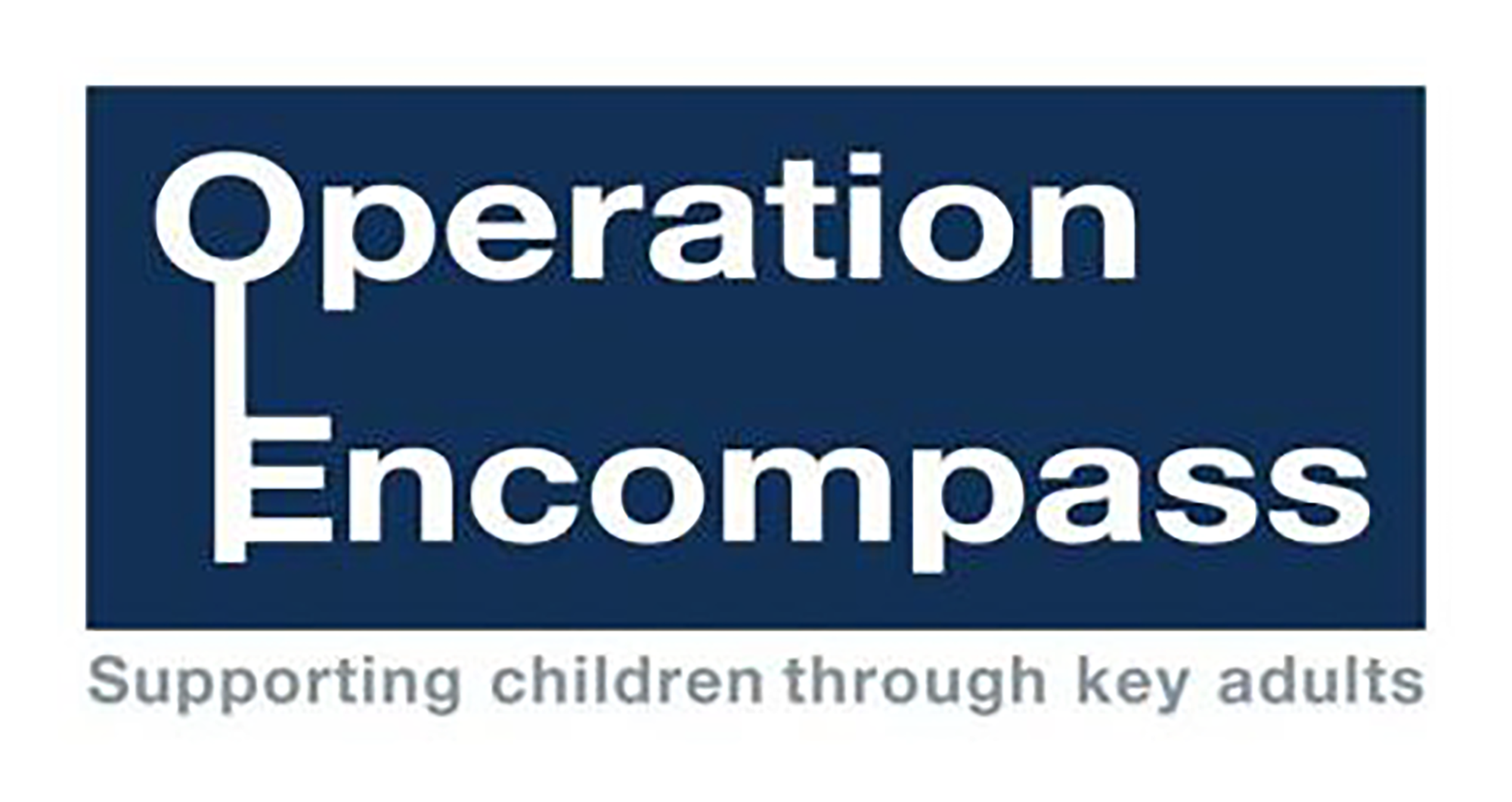 encompass
encompass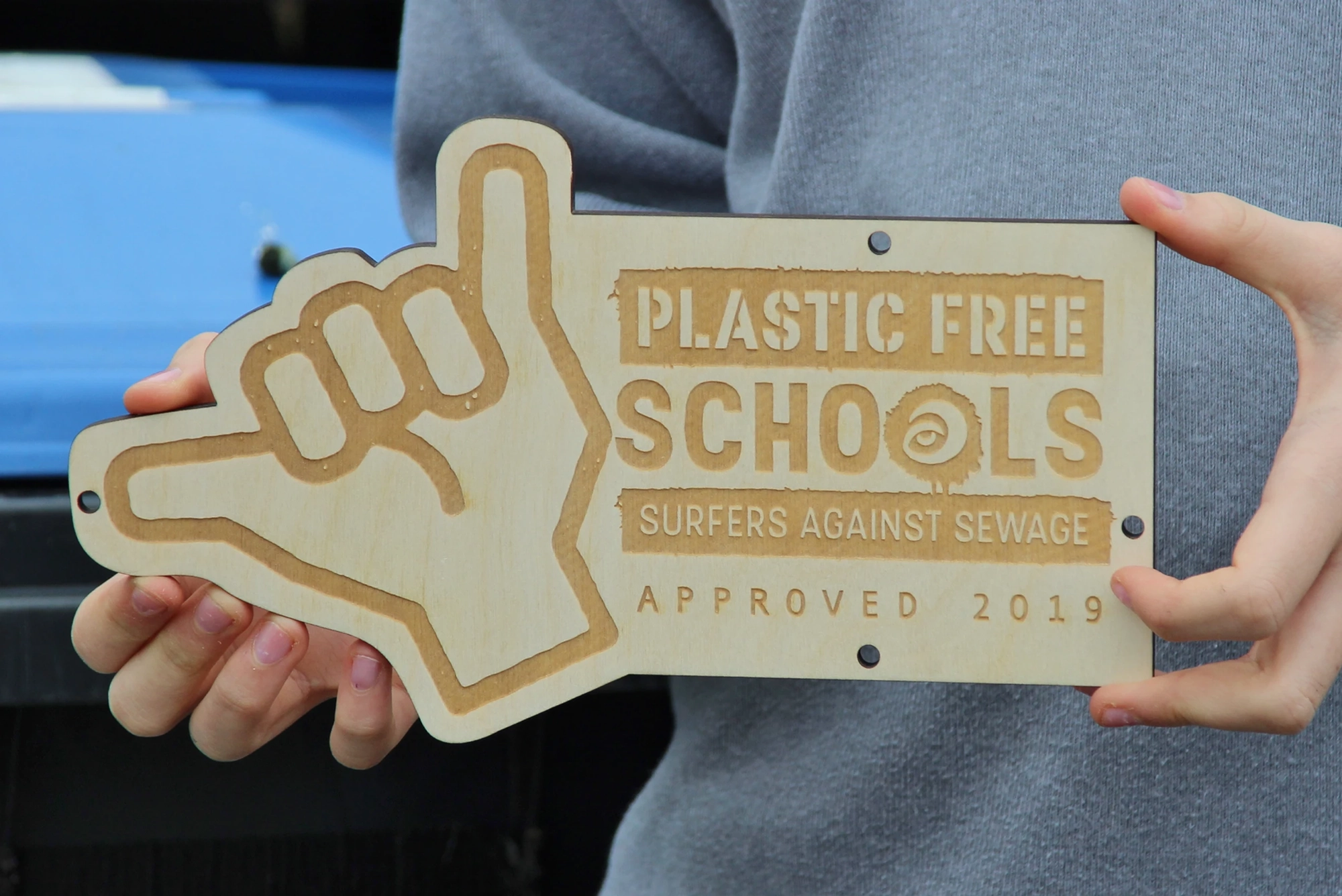 plastic free schools
plastic free schools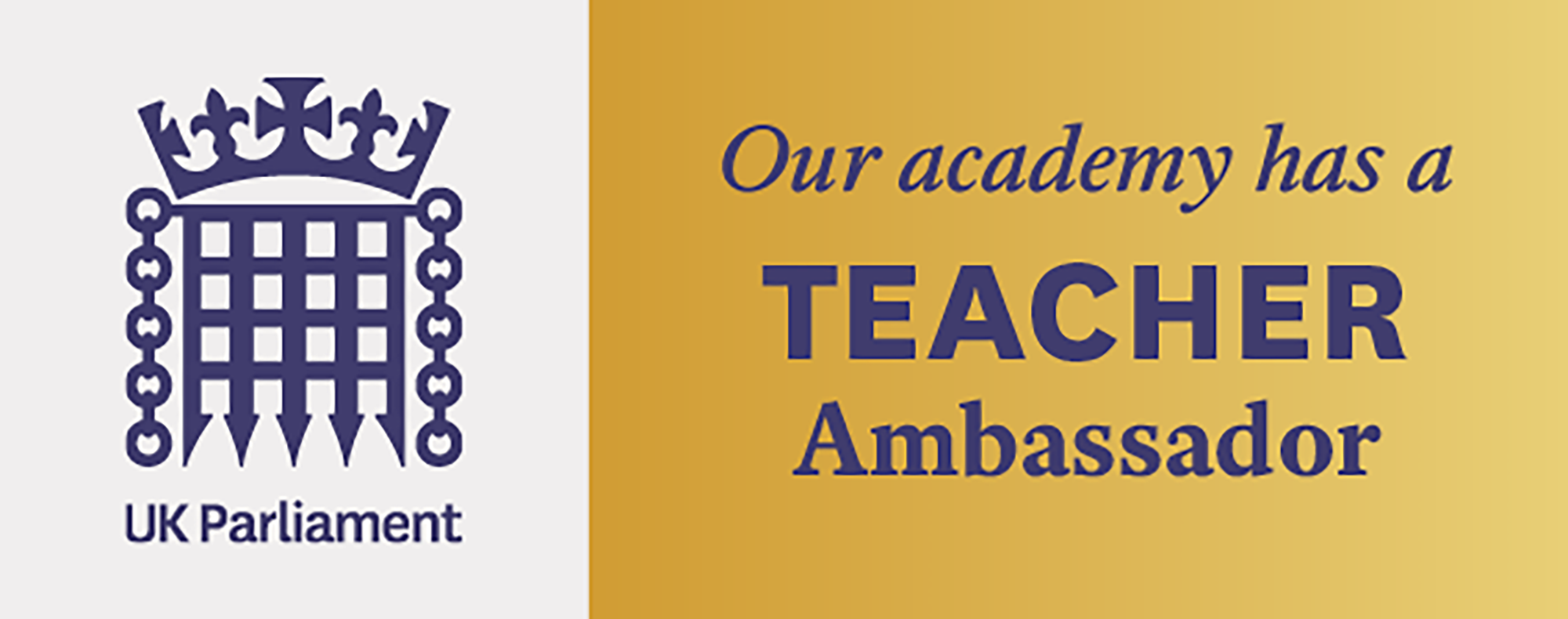 Teacher ambassador
Teacher ambassador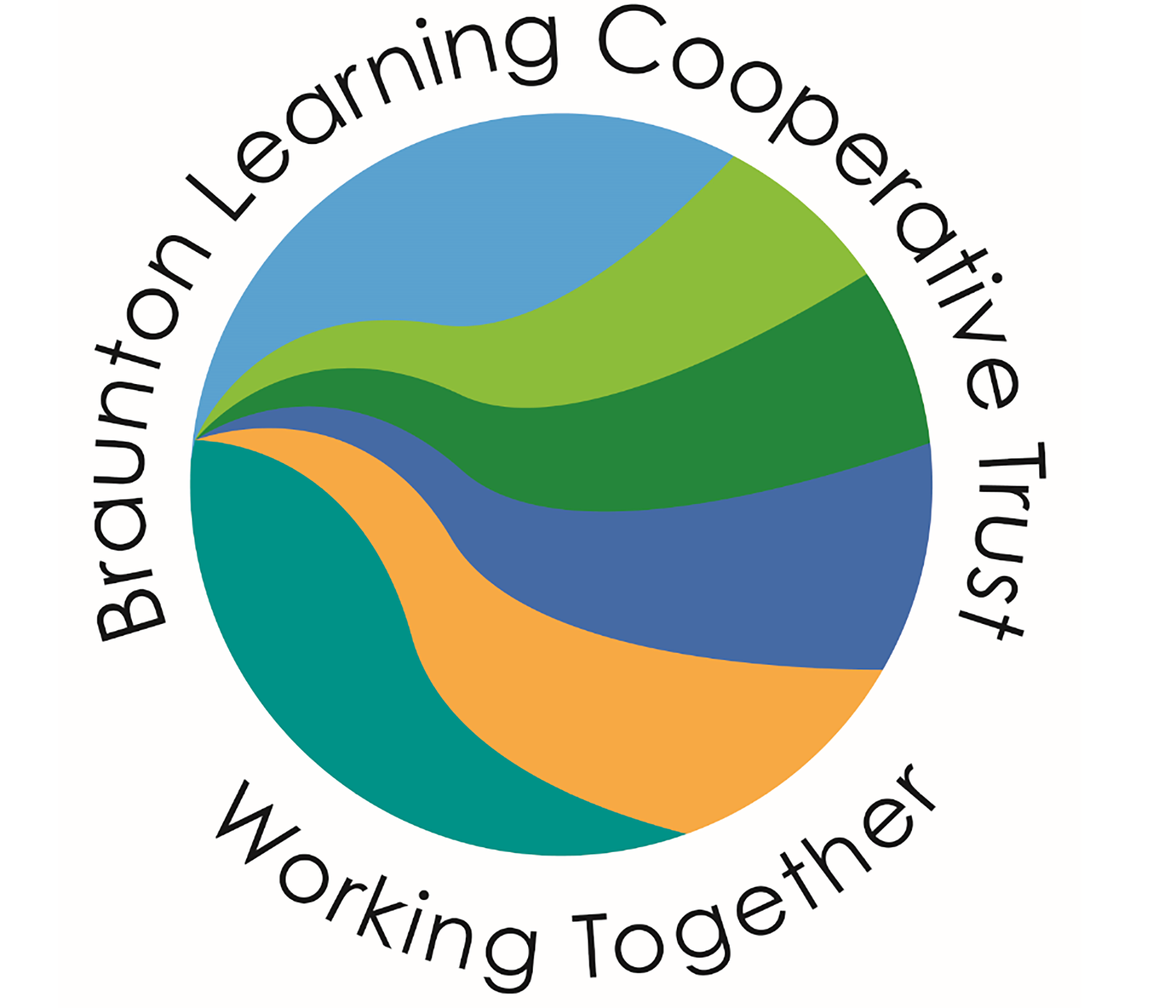 Learning cooperative trust
Learning cooperative trust Ofsted logo
Ofsted logo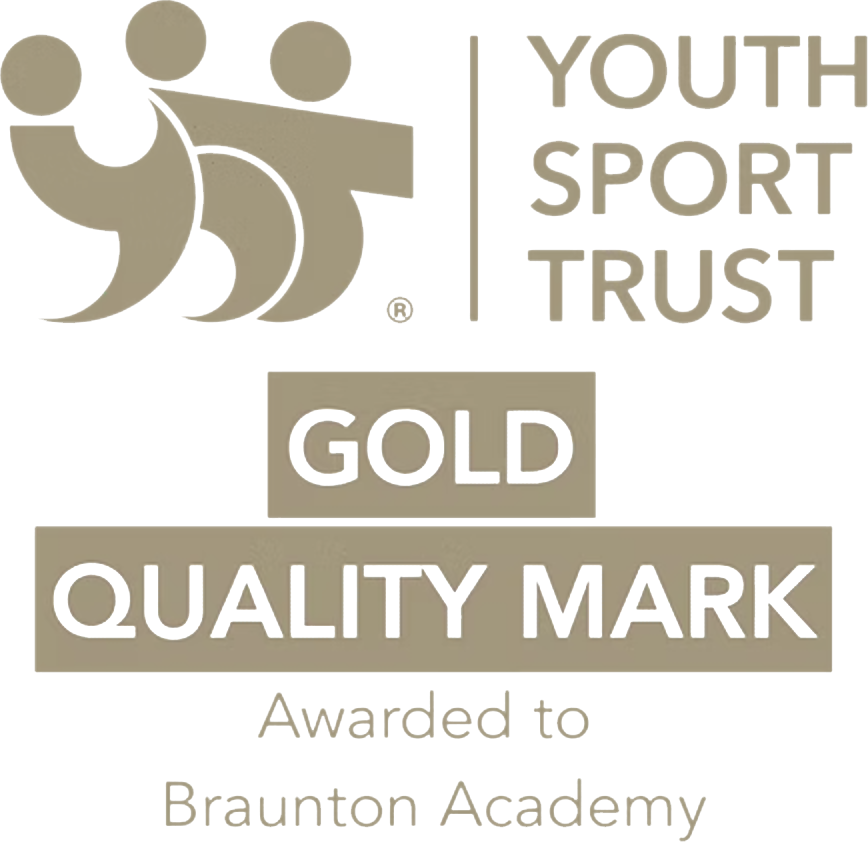 Youth Sport
Youth Sport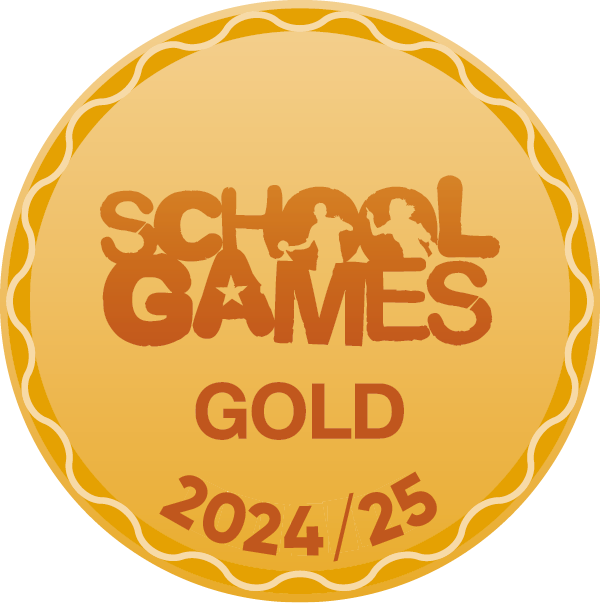 School Games Gold Award
School Games Gold Award